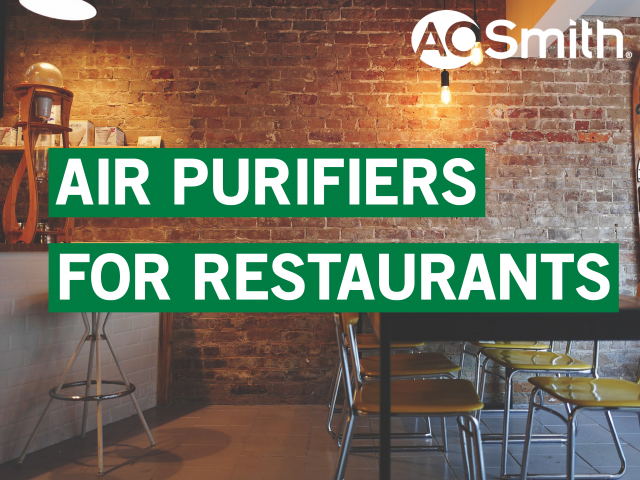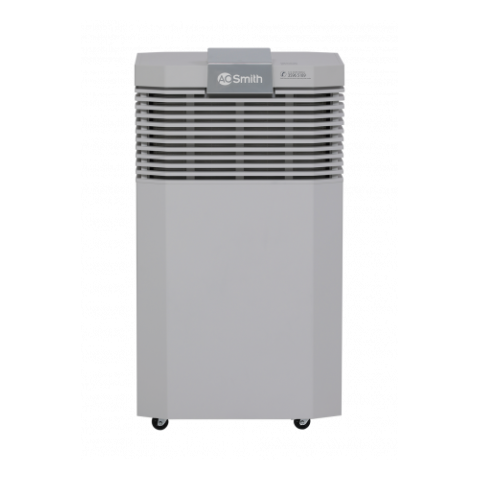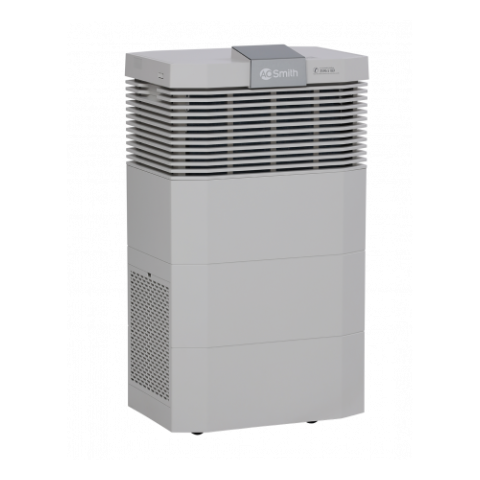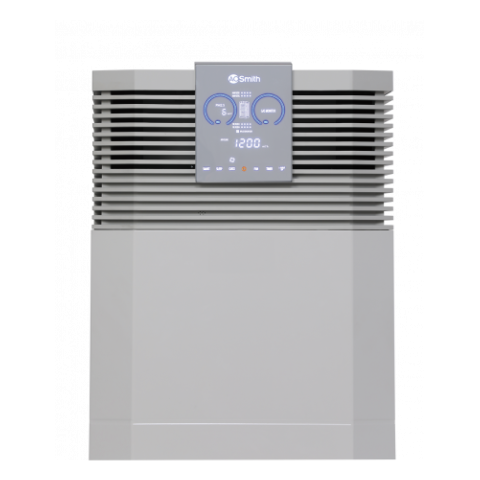For some restaurant owners, maintaining good air quality in their establishments has always been a challenge. Paying for a ventilation system and having paid professionals install it may be too steep of an investment to commit to right away, and at the time of this writing, the Covid-19 pandemic does not necessarily inspire confidence for packed dining halls anytime soon.
Fortunately, there are ways to improve the air quality in these establishments without breaking the bank or going through months long renovation. If you’re in the business of managing a restaurant and want your customers to trust the cleanliness of your establishment’s air quality, read on.
Restaurant culture in the Philippines
Dining out with friends and family is a common activity for Filipinos wanting to take a break from the familiar monotony of lutong-bahay.
The different types of cuisine hungry patrons can choose from has only increased in recent years. Among the plethora of dishes local restaurants serve, there’s no denying that grilled food is immensely popular in the Philippines as seen by the lines of customers queuing for Samgyeopsal (Korean Barbecue) and crowded tables enjoying multiple plates of sisig .
While the level of air pollution differs depending on the type of cuisine a restaurant serves, there’s no doubt that indoor grilling is the biggest offender to air quality in most dining areas. But whether a restaurant serves grilled food or not, health hazards related to indoor air pollution is pervasive in every establishment that uses heat to prepare their food.
How does a restaurant with bad air quality affect its occupants?
Some might argue that the indoor air pollution from cooking is actually an “aroma” which adds to a restaurant’s charm and ambiance.
While it is regrettable that some Filipinos have simply grown accustomed to the air pollution that comes with dining in certain establishments, it is in the best interest of restaurant owners not to subscribe to that mentality. Bad indoor air quality shouldn’t be normalized and good atmosphere shouldn’t come at the expense of the staff and customer’s health.
The science has shown that the aerosol byproducts from indoor cooking contain particulate matter (PM) and volatile organic compounds (VOC) that are harmful when inhaled. Symptoms can range from nose and throat irritation, headaches, fatigue and nausea. Young children and people with pre-existing health conditions such as asthma are especially vulnerable to its harmful effects.
Staff operating in poorly ventilated kitchens are also prime candidates for developing chronic illnesses from frequently inhaling air pollutants released by heating oil, fat and other food ingredients. An unhealthy cook is obviously the last person a diner wants to see preparing their food.
How can a restaurant improve its air quality?
If a restaurant is situated inside a mall or a larger building, chances are that it already has a Heating, Ventilation, and Air Conditioning system (HVAC) installed. A well maintained HVAC system that has its air filters regularly replaced and is inspected on an annual basis can be enough to maintain good indoor air quality in a restaurant.
For small business owners however, an HVAC system may be too expensive of an investment to undertake and a simple exhaust fan in the kitchen may not effectively ventilate a very busy kitchen. The average installation of an HVAC system can cost anywhere from P48,000 to P240,000 depending on the size of the establishment.
An alternative to HVAC systems can be HEPA air purifiers with carbon filters. Air purifiers with HEPA filters are highly efficient at removing PM 2.5 and PM 10 particles and can trap unpleasant odors and VOC with its carbon filters. Air purifiers suitable for restaurants can range from P36,000 to P90,000 depending on the size.
HEPA filters are also capable of removing biological contaminants such as bacteria and viruses from the air. HEPA filters are rated to capture particles of the most penetrating particle size, 0.3 microns, with 99.97% efficiency. Since Covid-19 particles are usually carried through aerosol droplets that range from 0.5 to 20 microns in size, HEPA filters are more than capable of removing these biological health hazards from the air.
This is not to say that air purifiers are the only thing you need to prevent virus transmission during restaurant operations, it is still best to use them in conjunction with other safety pre-cautions such as social distancing and regular disinfecting of surfaces to maximize their effectiveness.
Potential customers now take into account the safety precautions a food establishment takes to prevent virus transmission when choosing a place to dine, it would be in a restaurant owner's best interest to show patrons that they know how to handle these concerns seriously and with competence.
How do you choose an air purifier for your restaurant?
It is important to note that a bigger air purifier does not necessarily mean that it’s universally the best option for your restaurant. Factors such as room size and its function should also be taken into consideration. One specification you should be looking at is an air purifier’s Air Changes Per Hour (ACH) rating.
Air Changes per Hour or ACH tells you the number of times an air purifier can filter the entire volume of air in a room within the span of an hour. Since restaurants, by nature, are meant to accommodate large volumes of people (and by extension, a lot of orders that need to be prepared) an air purifier with a high ACH rating is recommended
Another specification to look out for is an air purifier’s Cumulative Clean Mass (CCM) rating. The CCM rating measures how effectively an air purifier can filter out particulate matter and formaldehyde after prolonged use. This helps consumers identify which air purifiers are a better long-term investment.
Make your customers trust in the cleanliness of your restaurant
Just because a smoky kitchen and dining area tend to be a regular sight in the Philippines does not mean yours has to be as well. Investing in proper ventilation either through an HVAC system or a HEPA air purifier can significantly improve your restaurant's indoor air quality.
A restaurant with good air quality and ventilation has staff that are able to work more productively in a breathable environment and customers that don't need to worry about inhaling smoke or smelling like it hours after dining at your establishment.
Sources:
https://www.cmu.edu/news/stories/archives/2019/january/restaurant-emissions.html
https://emerging.com/why-restaurant-air-pollution-is-a-big-deal/
https://ww2.arb.ca.gov/resources/documents/indoor-air-pollution-cooking

![]()





